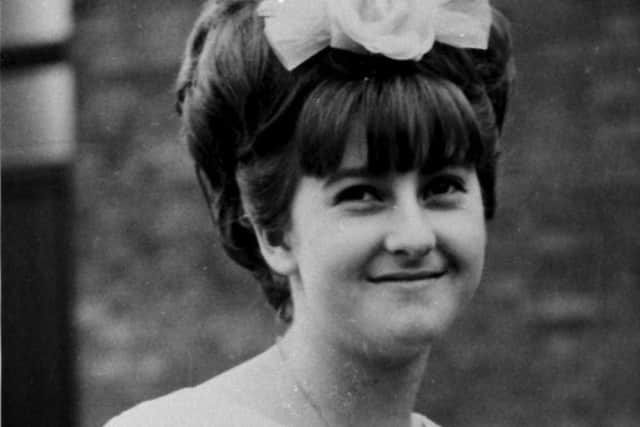Fred West: Search for possible murder victim Mary Bastholm is a reminder of the plight of families of the disappeared – Tom Wood


The search was for the remains of Mary Bastholm, a 15-year-old girl who went missing in 1968. She is thought to be a victim of Fred West, perhaps this countries most prolific murderer of the 20th century – that we know of.
Faded TV clips of the 1960s investigation into Mary’s disappearance were bleakly familiar. Her bewildered parents spoke of their daughters trusting nature, while detectives speculated that she may have “run off” to London with a boyfriend.
Advertisement
Hide AdAdvertisement
Hide AdEvery year thousands of people are reported missing to police. While all age groups are represented, the majority are young.
The problem with ‘Mispers’ has always been that the vast majority turn up, hail and hearty, within 24 hours. That means that, unless there are exceptional risk factors, the temptation is to do the minimum for the first day or so; why waste resources? The trouble is that if they don’t show up, the trail has already gone cold. The first crucial hours of an investigation are lost along with forensic opportunities.
Every police area has its file of long-term untraced mispers, some going back years. After years with no leads, there’s little that can be done. There are usually some cryptic notes by the original investigators. “May be in London” or “Could be with a boyfriend/girlfriend” are favourites, even though there’s often little evidence to support these theories.
So what has happened to the apparently disappeared? Some have consciously stepped out of their lives to start afresh. Some turn up, years later. But for others, you suspect there is only an unmarked grave. Some will have taken their own lives, others will have fallen victim to killers like Fred West, Dennis Nilsen or murderers we have yet to identify.
And to complicate matters, some missing people are never reported. At any point in time, dozens of identified bodies lie in mortuaries across the country, no one seemingly close enough to notice them gone.
Nowadays the handling of missing persons is much improved. There is a national database and a better system of prioritising vulnerable people. But some old problems remain.
There are still the regulars, often vulnerable young people who repeatedly escape from care homes. For them there is no 24 hours grace, but countless police and social work hours are spent finding them. Some escape again within hours.
But it’s harder to go missing long term now. Mobile phones, surveillance cameras and bank cards all leave traces for the investigator.
Advertisement
Hide AdAdvertisement
Hide AdEven so, every year dozens of people still simply disappear. They often leave behind bewildered families stuck in the cruellest of limbos. They have suffered loss but cannot grieve and over the years still carry a glimmer of hope that one day their loved one will walk back through the door.
In their heart of hearts they know that, as the years pass, a happy ending is unlikely. The best they can hope for is remains to bury, and closure.
Mary Bastholm is still missing. But rather than speculate on who killed her, we should instead remember her family and the other families of the disappeared, who suffer on.
Tom Wood is a writer and former Deputy Chief Constable
